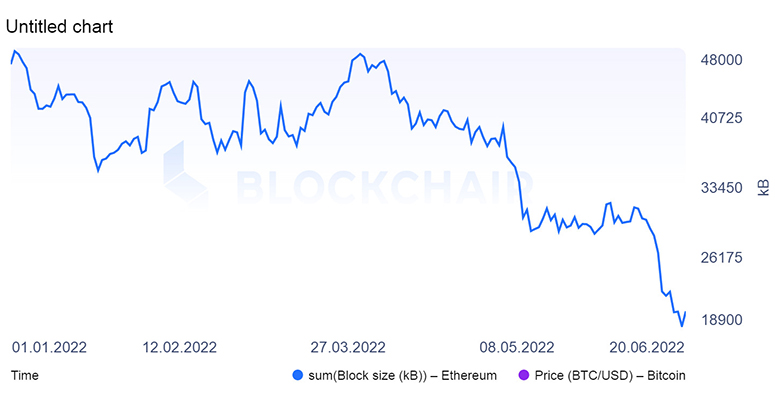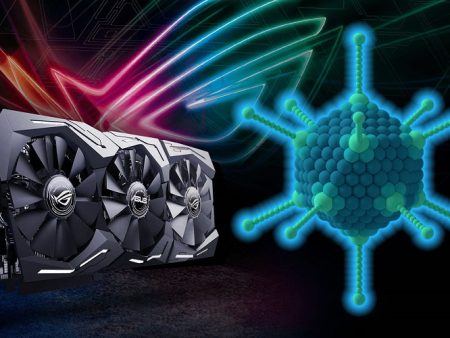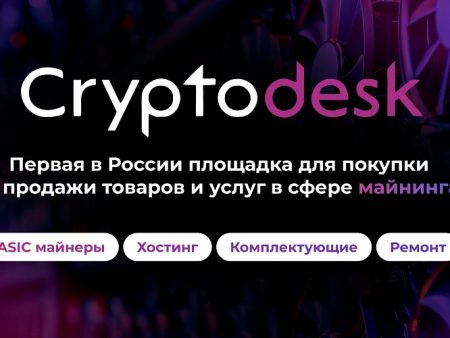The cryptocurrency is based on a consensus mechanism that determines its properties. The Ethash algorithm was developed for Ethereum and was first called Dagger-Hashimoto. After several updates, it was renamed. The list of coins on the Ethash algorithm has grown significantly. In 2023, 32 blockchains and ERC-20 tokens are using it. The algorithm is based on the operation of directed acyclic graphs (DAGs). Ethash wastes a lot of RAM but produces a large amount of cryptocurrency. Therefore, mining on video cards remains popular, despite the emergence of powerful ASICs.
Features of the Ethash algorithm
The algorithm makes high demands on the RAM (RAM) of the video card and makes it difficult to mine cryptocurrency on asics. In this way, developers preserve the decentralization of the network and prevent monopolization of the digital market. Powerful asics increase the risk of a “51% attack”.
Ethash is based on 2 algorithms:
- Dagger – developed by Vitalik Buterin. The mechanism shows high performance even with increasing blockchain complexity. Dagger is vulnerable to asics, so it is effective only when paired with Hashimoto. The algorithm is demanding on GPU memory.
- Hashimoto – created by Thaddeus Driii. The mechanism requires a large amount of RAM to write and decrypt information. Therefore, to find a hash, you can’t endlessly search random values. This greatly complicates the work of asics.
Ethash is characterized by such features:
- The speed of mining a new block is about 15 seconds. Nodes communicate with each other to verify the solution. This creates a delay that does not depend on the power of the equipment.
- The developers provided for mining on the processor. However, in 2023, the complexity of the network is such that mining coins on the CPU is unprofitable.
- On the video card you need to install a DAG file, which grows by 8 megabytes every 30 thousand blocks (about 125 hours).
- RAM requirements are constantly increasing due to the increasing complexity of the network. In 2023, Ethereum mining on Ethash requires graphics cards with 4 GB of memory or more.
- A large amount of energy is required to operate and save the last fragment of the DAG file.
- Transaction processing time is 1 minute (6 network confirmations). Miners are looking for combinations at the same time. There may be a situation when 2 vorkers find a hash. To prevent blockchain backtracking, the longest chain is considered correct.

History of emergence
The developer of Ethash is considered to be Vitalik Buterin. However, he created only a part of the algorithm – the Dagger mechanism. It was based on directed acyclic graphs (DAGs), which gave asics a slight advantage over GPUs. But the mechanism was vulnerable to hardware acceleration of shared memory because it allowed easy parallelization of computations. This aspect made it easy to create ASICs for Dagger networks.
5020 $
bonus for new users!
ByBit provides convenient and safe conditions for cryptocurrency trading, offers low commissions, high level of liquidity and modern tools for market analysis. It supports spot and leveraged trading, and helps beginners and professional traders with an intuitive interface and tutorials.
Earn a 100 $ bonus
for new users!
The largest crypto exchange where you can quickly and safely start your journey in the world of cryptocurrencies. The platform offers hundreds of popular assets, low commissions and advanced tools for trading and investing. Easy registration, high speed of transactions and reliable protection of funds make Binance a great choice for traders of any level!
To remove the vulnerability, Buterin combined the development with Thaddeus Driya’s Hashimoto solution. He called it a proof-of-work algorithm with input and output binding. This means that Hashimoto-based intelligent analysis uses pseudo-random selection of items from a large shared dataset.
The new solution was called Dagger-Hashimoto. It created sequential chain elements that could be compared to a tree with many branches. This made it difficult to create a new block. It was almost impossible to get a hash by chance without trying many variants.
Over time, Dagger-Hashimoto was modified, which led to a new algorithm – Ethash. The metadata of the last block was additionally hashed using a random Nonce value. This makes it more difficult to find the correct hash value.
In 2023, Vitalik Buterin plans to abandon the Ethash algorithm and replace it with Proof-of-Stake.
Principle of operation
To ensure the stability of the blockchain, the system encrypts blocks according to certain rules. Miners search for the correct value. They receive a reward for this, the size of which depends on the complexity of the network. In Ethash, a new block is created as follows:
- The system takes the header from the previous cell in the chain and the value of Nonce (a random number). The data transitions to SHA-3. This function generates a 128-byte array of decisions.
- The system determines which 128-byte page from the DAG file to find.
- The engine adds the sought part to the mix for mixing.
- The previous 2 steps are repeated 64 times.
- The system processes the resulting data array to form a short 32-byte mix.
- The algorithm compares the result with the target level. If the digest mix is less than or equal to the target, Nonce is recognized as successful and transmitted to the network. Otherwise, the system selects a new value randomly or through adding a unit to the previous index. The algorithm is restarted with a different Nonce.
Ethash is popular with digital currency developers. In 2023, 32 coins most ERC-20 tokens run on the algorithm. This is convenient for miners. It is possible to switch the technique to mining another cryptocurrency with minimal costs.
Author: Saifedean Ammous, an expert in cryptocurrency economics.















